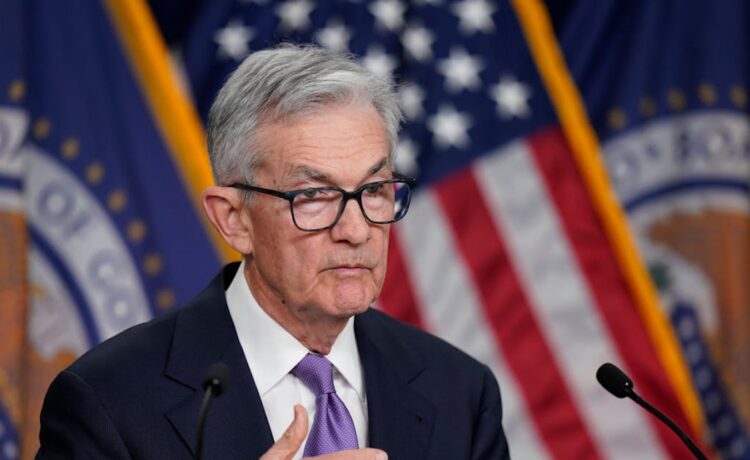The stock market is in the midst of a rally that has propelled equity prices to historic levels.
Since late October, the benchmark index has been positive in 14 out of 15 weeks and gained more than 20% in that time. In the market’s long-documented history, this has never before happened.
Another market “first” occurred Feb. 9 when the S&P 500 closed above 5,000. Stock prices have run incredibly far incredibly fast, and it’s fair to wonder whether S&P 5,000 is validation of the market’s strength or a warning of rougher roads coming.
By some measures, stock valuations are beginning to look stretched. The S&P 500′s forward price-to-earnings (P/E) ratio is above 20 for the first time in more than two years. The forward P/E was only 17 as of the October lows. Since then, stock prices have increased more than 20%. Earnings projections, meanwhile, have increased just 2% in that time.
Why would stocks go up so much if companies are only marginally more profitable? The answer is investors are expecting interest rates to fall significantly. When rates decrease, liquidity goes up, it’s easier to finance growth, and there is a lower “cost of waiting” for fast-growing businesses to realize their potential. In these friendlier economic conditions, investors have historically been willing to pay higher prices.
The problem is interest rates have yet to fall very far. It’s true 10-year U.S. Treasury yields have dropped from 5% to 4.3%. And 30-year mortgage rates are back below 7% (compared to a peak near 8%). But the primary conductor, Federal Reserve Chair Jerome Powell, has remained patient.
Powell indicated in December three rate cuts were likely in 2024. Those comments lit a fire under an already hot stock rally, but two months later, a Fed cut feels far from imminent. Initially, many expected the first cut would happen in March. But strong economic data makes May more realistic. It’s not hard to imagine this rally running out of fuel before then.
Still, momentum remains positive thanks mostly to mega-cap technology companies. Led by tech, the Russell 1000 Growth index has gained roughly 7% year-to-date compared to only 1% for the Russell 1000 Value. Most tech companies endured serious pain in 2022 (it’s easy to forget the tech sector fell 28% that year), and the austerity measures that followed included massive layoffs and restructuring.
Those changes have paid off with more efficient business models, higher profit margins and stronger earnings. Additionally, investors have been willing to pay up for companies expected to benefit from the coming boom in artificial intelligence (AI), even if it’s unclear which stocks those might be.
As was the case last year, the companies with the largest weightings have been able to drag the benchmark higher. But sooner or later, the Fed will need to deliver its long-anticipated cuts to justify current stock valuations.
For that to happen, economic data needs to thread the needle. Too weak, and recession fears will rekindle. Too strong, and Fed cuts will delay further. It’s a difficult balance to strike, and one reason why markets might find gains harder to come by in the coming months.
Investors should feel comforted knowing cash reserves remain elevated, and fund flows into equities have begun accelerating. Those trends should act as guardrails and help slow the pace of any selloffs. The bigger picture, however, is still influenced more than anything else by the Fed’s next move.
Sounds familiar, doesn’t it?
Ben Marks is chief investment officer at Marks Group Wealth Management in Minnetonka. He can be reached at [email protected]. Brett Angel is a senior wealth adviser at the firm.














